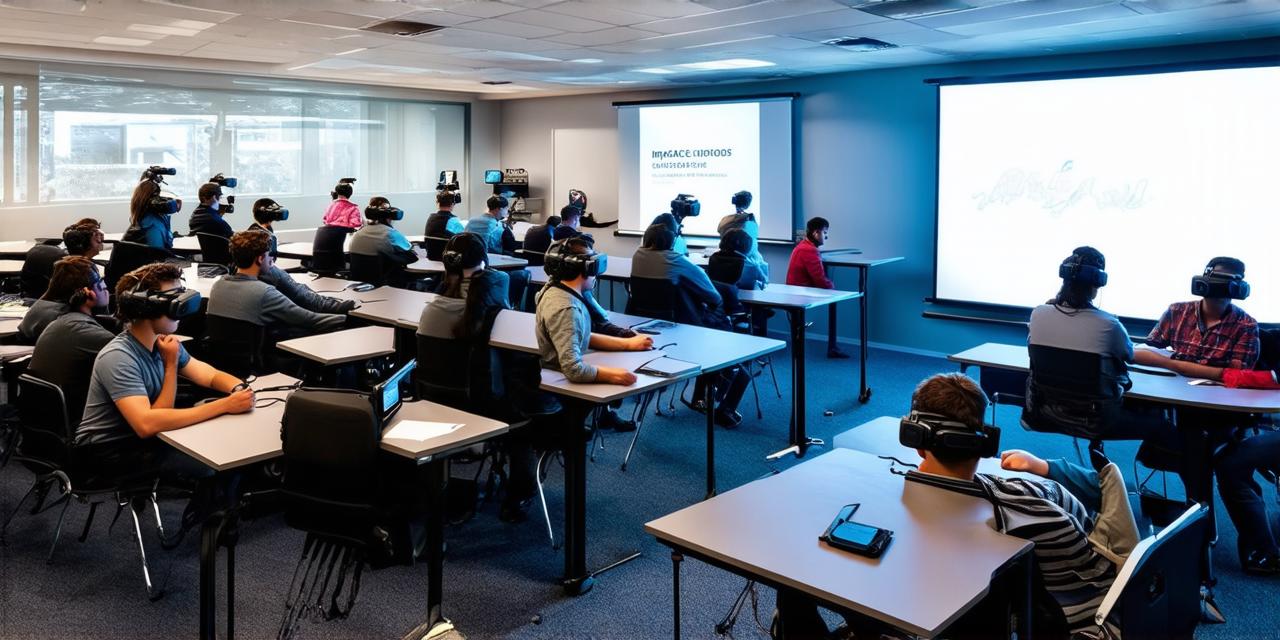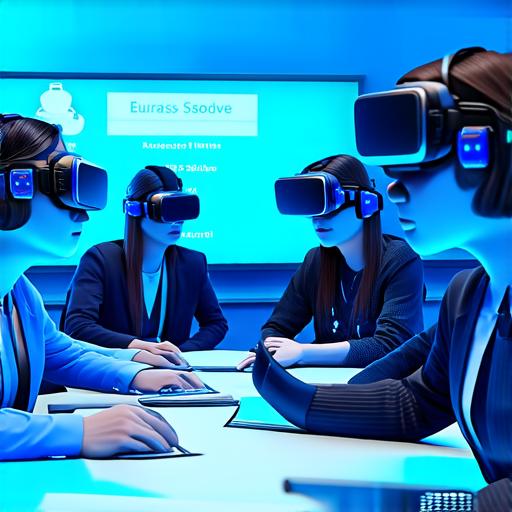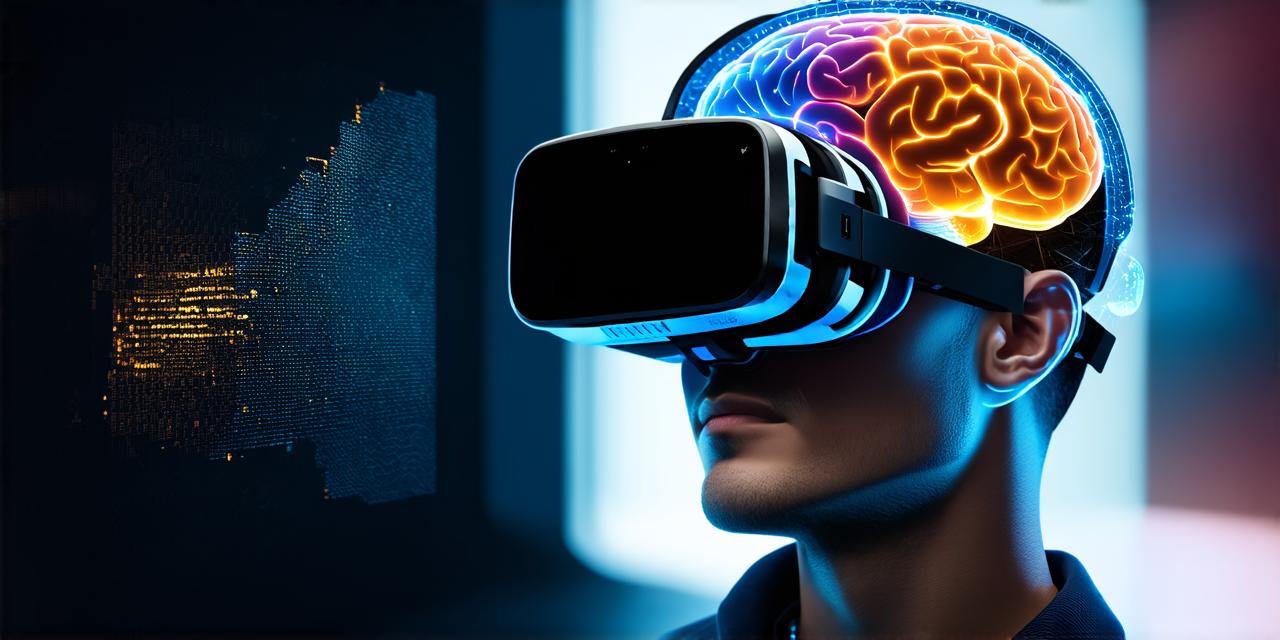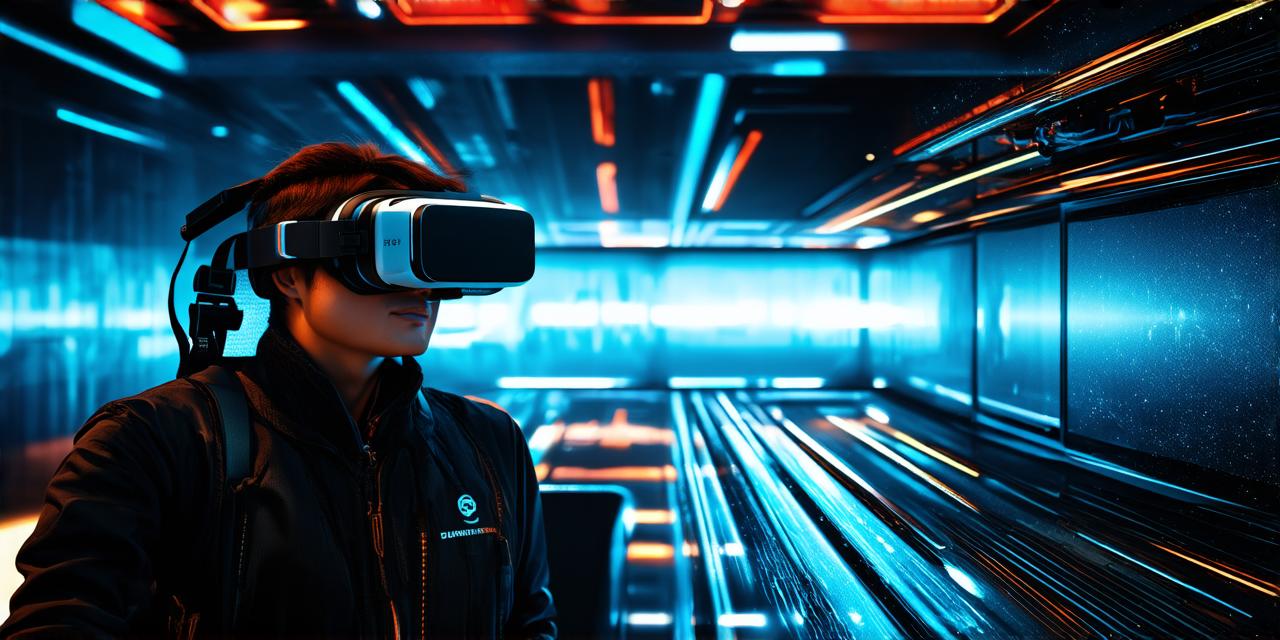
How does virtual reality affect education?
Virtual reality technology has been gaining popularity in recent years, both in the entertainment industry and in the education sector. VR is a computer-generated simulation that can be experienced through a headset or other devices. It has the potential to revolutionize the way students learn by providing them with immersive, interactive experiences that are not possible in traditional classroom settings.
Table of Contents
ToggleAdvantages of virtual reality in education
Improved engagement and motivation
One of the biggest advantages of using VR in education is that it can significantly improve student engagement and motivation. VR provides a unique and immersive experience that captures students’ attention and keeps them interested in learning. This can be especially helpful for students who have difficulty staying focused in traditional classroom settings.
Enhanced visualization and understanding
Virtual reality can help students visualize complex concepts and ideas in a way that is not possible through traditional teaching methods. By experiencing these concepts in a 3D environment, students are better able to understand and remember them. This can be particularly useful for subjects such as science, history, and art.
Increased safety and accessibility
Virtual reality can also provide students with safe and accessible learning experiences that would not be possible otherwise. For example, medical students can practice surgeries in a virtual environment without risking harm to real patients, while history students can explore ancient civilizations without leaving the classroom. This can be especially helpful for students who have disabilities or other limitations that prevent them from participating in certain activities.
Disadvantages of virtual reality in education
High cost
One of the main disadvantages of using VR in education is its high cost. VR technology can be expensive, both for the devices themselves and for the software and content that is needed to create immersive experiences. This can make it difficult for schools and universities to implement VR programs on a large scale.
Limited interactivity
Another potential disadvantage of using VR in education is that it may limit interactivity between students. While VR provides an immersive experience, it can also be isolating, as students are often required to wear headsets and may not have the opportunity to interact with their peers in the same way. This can make it difficult for teachers to facilitate group activities and discussions.

Lack of research on long-term effects
Finally, there is a lack of research on the long-term effects of using VR in education. While early studies have shown that VR can improve student engagement and understanding, more research is needed to determine its effectiveness over the long term. It is also important to consider the potential risks and negative effects of VR, such as motion sickness and eye strain.
Summary
Virtual reality technology has the potential to revolutionize education by providing students with immersive, interactive experiences that are not possible in traditional classroom settings. While there are some disadvantages to using VR in education, these can be mitigated through careful planning and implementation. As more research is conducted on the effects of VR, it will be interesting to see how it continues to shape the future of education.

